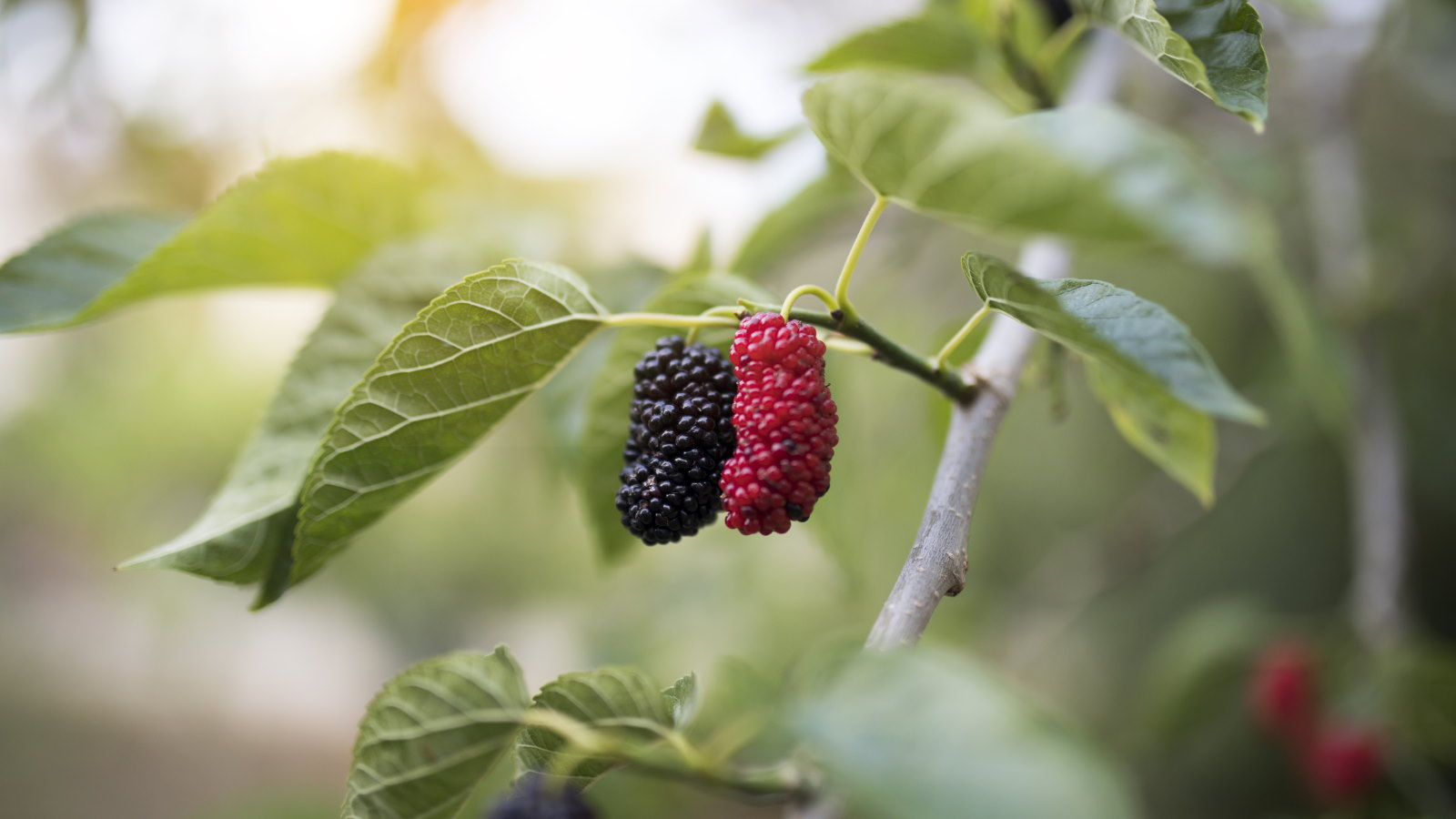
Mulberries are not commonly available in grocery stores, therefore if you want a harvest of these tart and juicy fruits is it worth considering growing a tree at home? The answer is yes, as a mulberry tree can be a glorious addition to any backyard space.
The deciduous fruit tree can be an impressive sight. It has serrated heart-shaped green leaves, catkins, and attractive bark that starts orangish in color and develops into a grey-brown as the tree ages and gets a gnarled look. Let's not forget the large fruits that are produced in late summer.
It is not only you that will appreciate a mulberry tree, as the fruit tree is great for attracting birds and beneficial insects. To help you learn more about how to grow a mulberry tree, this guide looks in-depth at how to plant and care for them, with tips from an experienced fruit tree expert.
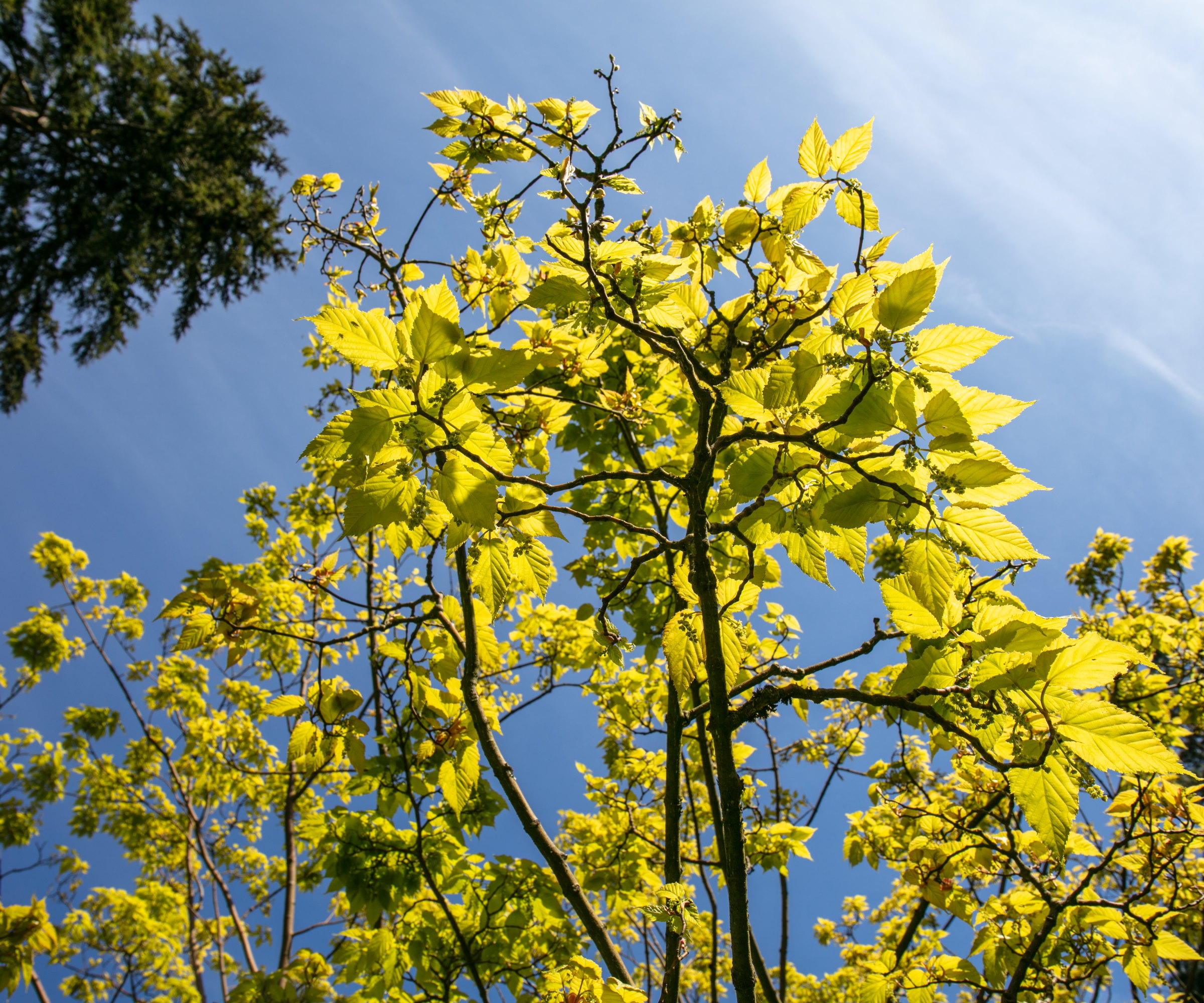
Where and how to plant mulberry trees
Mulberry trees are suitable for US hardiness zone 4 to US hardiness zone 8 and can reach up to 40 feet in height. The red mulberry is a native plant in the US and both black and white mulberries have been introduced throughout history. However, the white mulberry is now widespread across the US and is classed as an invasive species.
Mulberry trees are self-fertile and can fruit throughout the summer to provide a harvest of sweet berries for jams, jellies, pies, or more. The fruits are attractive to wildlife and birds in particular provide stiff competition for them if you don’t harvest them quickly.
Susan Poizner, a fruit tree expert, author, and creator of Orchard People, claims that mulberries are ‘generally easier to grow’ than other popular fruit trees, such as apples, and ‘have fewer pests and disease issues’ too. She adds: ‘Mulberries are a wonderful, low-maintenance choice, especially if you want to attract local wildlife.’
To learn more about this fruit tree, we look closely at where and how to plant a mulberry tree and its key maintenance requirements.
Mulberry tree planting tips
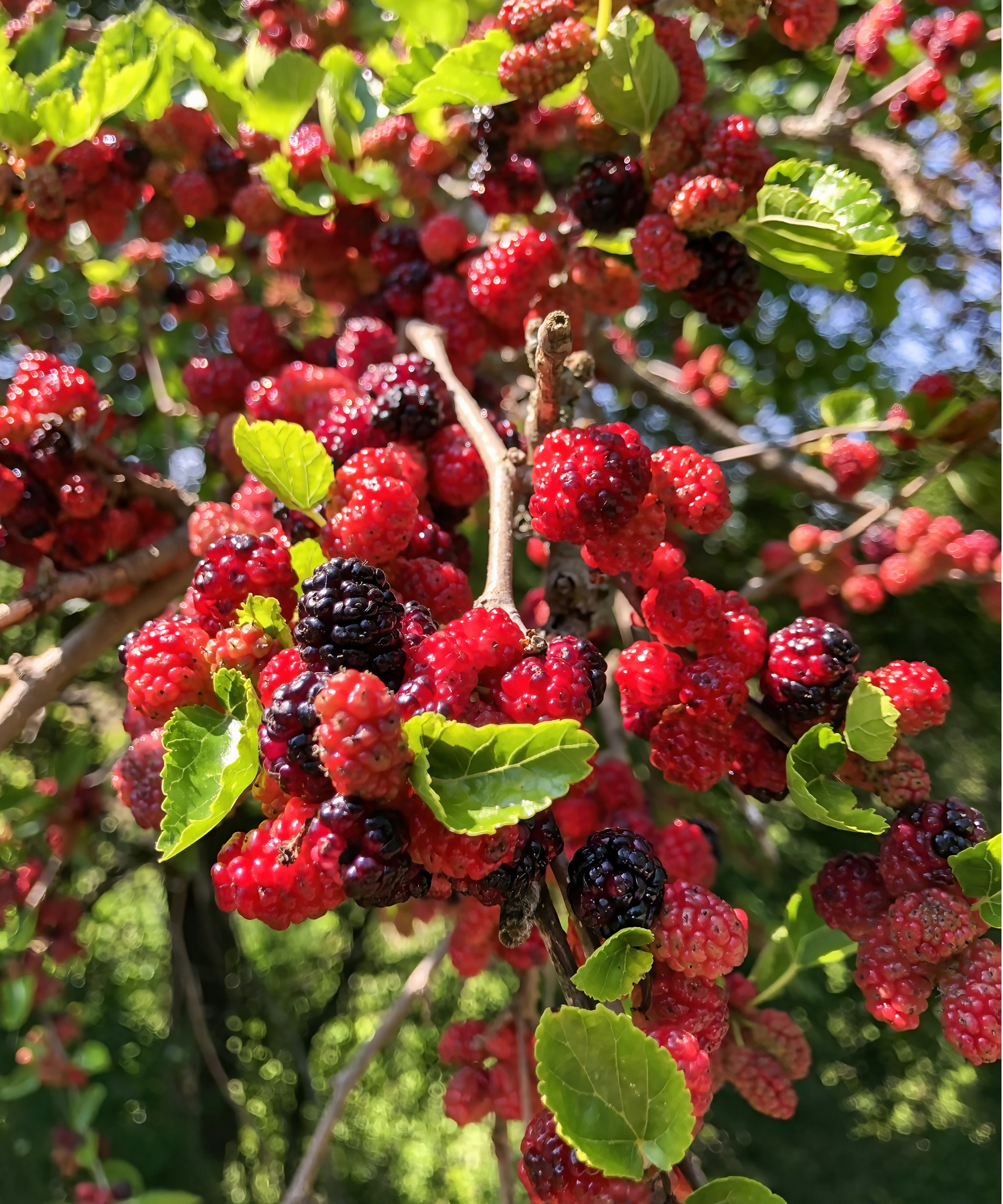
The ideal time to plant fruit trees is when they are dormant, from late fall to early spring. You can get container-grown and bare-root mulberry trees that will both thrive from being planted in this window.
Container-grown mulberry trees will be available throughout the year, but planting in summer requires much more watering to help get the plants established. Avoid planting mulberry trees at times of extreme cold or heat.
‘Mulberries, like most fruit trees, need plenty of sun - at least six hours a day - to produce well,’ advises Susan Poizner. ‘And they thrive in well-drained soil.’
Mulberry trees can grow in a variety of soil types, but primarily they do not like soggy areas so ensuring good drainage is key to success. Adding lots of organic matter to the planting site can help to improve the structure and drainage, as well as supply the tree with nutrients to help it establish in its new home.
A fantastic mulberry that can reach heights up to 15 feet tall and 10 feet wide and produce a harvest of fruits from June to August.
Mulberry tree care tips
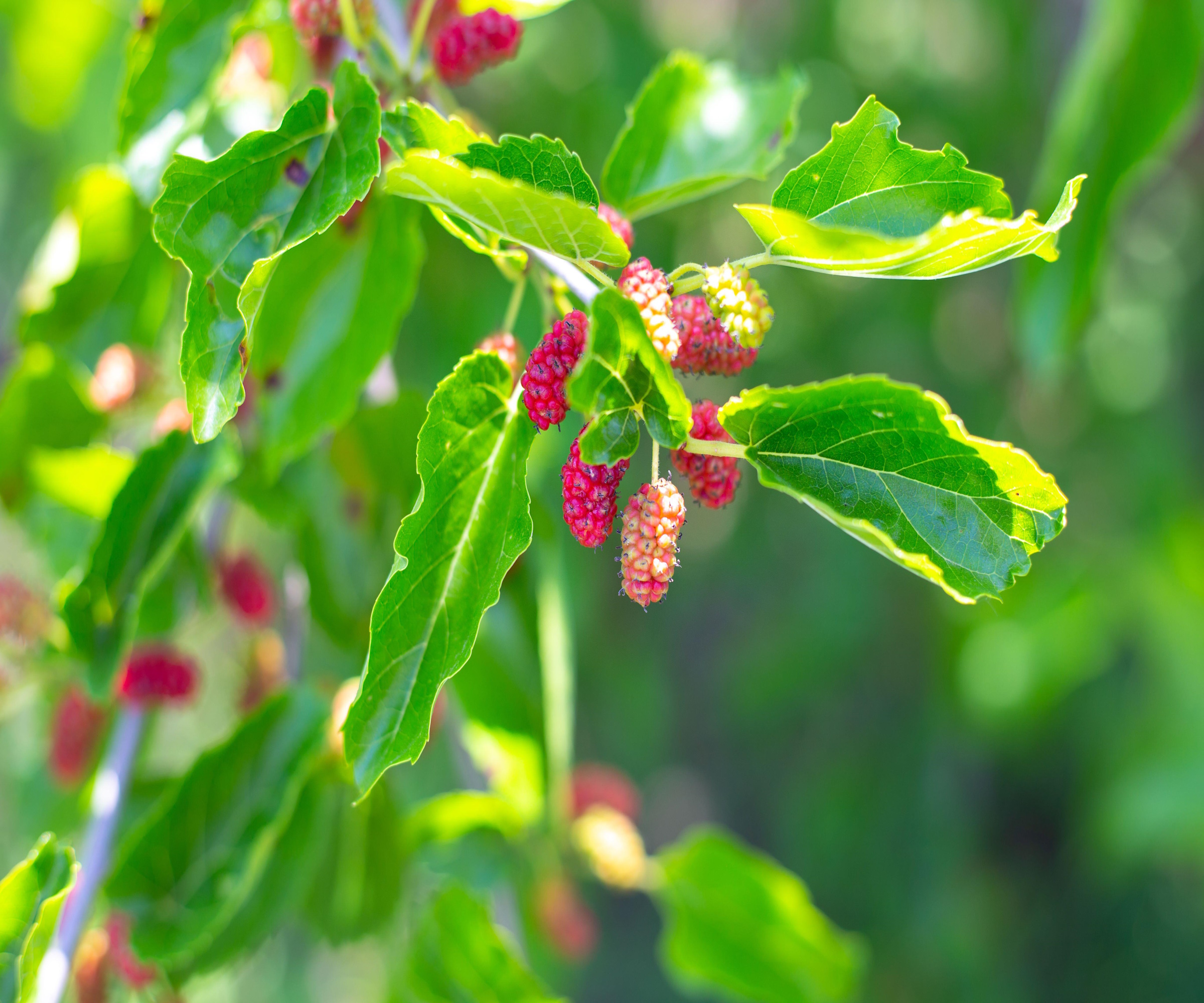
- Watering: Newly planted mulberry trees will need to be watered deeply and regularly for the first year to help them establish, especially during dry spells. Once established, they are relatively drought-tolerant fruit trees and only need watering during long periods of warm weather. Watering is particularly important as the fruit develops.
- Fertilizing: Mulberry trees benefit from mulching with organic matter in spring. Susan Poizner says that compost ‘is ideal for mulberries’ and should be the go-to mulching material each year. ‘Mulching with compost lets nutrients release naturally over time,’ she adds. ‘Avoid synthetic fertilizers from the garden center, as they may add nutrients your tree doesn’t need, and too much nitrogen can cause leafy growth instead of fruit.’ When mulching fruit trees, keep a circle clear around the trunk to avoid rot. Mulberry trees don’t need regular feeding, but if they do show signs of struggle use an organic balanced fertilizer in late winter or early spring.
- Pruning: Knowing when to prune fruit trees is important, as not all trees should be trimmed at the same time. The best time for pruning mulberry trees is during dormancy in late fall or late winter, however, they do not need regular large-scale cutting. When pruning the fruit tree in winter, only remove dead, diseased, or damaged branches and avoid the fruit tree pruning mistake of heavy pruning. Mulberry trees bleed sap when cut, so large-scale pruning leaves the tree increasingly susceptible to pests and diseases.
- Harvesting: Getting a mulberry tree to fruit requires patience as it can take 8-10 years to start producing a harvest. The fruits develop over the summer and are ready to pick in August and September. It is advisable to wear gloves to pick the fruits to prevent your hands from staining and to lay a sheet underneath the tree onto which to shake the fruit from the branches to collect.
An organic balanced 10-10-10 fertilizer with naturally effective plant nutrients that aid huge growth and rapid results. The product is enriched with a blend of essential nutrients and beneficial bacteria.
How to propagate a mulberry tree
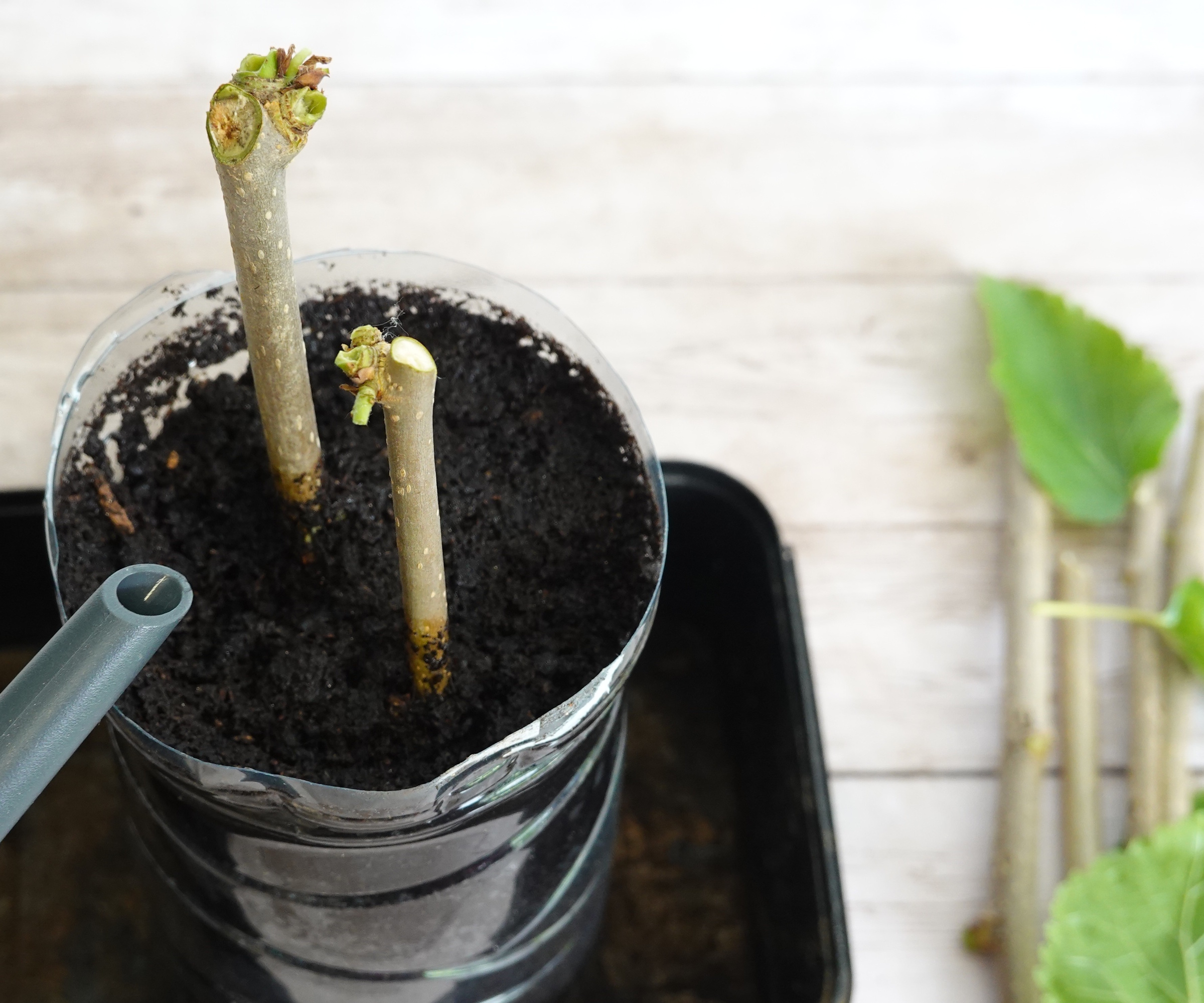
Mulberry trees can be propagated from plant cuttings or by seed. There are two options for how to grow a mulberry tree from a cutting, softwood plant cuttings in late spring or early summer or hardwood cuttings in late fall.
Softwood cuttings are the quickest and easiest of the two, involving taking eight-inch cuttings of fresh stems, removing all but the top leaves, and dipping them in rooting hormone. Place the cuttings into a small pot filled with seed and cutting compost, available at Amazon, and cover this with a clear plastic bag to aid humidity. Keep the soil moist and it should root in 4-6 weeks. The bag can be removed and the young mulberry tree planted in late fall or next spring.
As for how to grow a mulberry tree from seed, it is a long-term commitment that requires time and patience - but you can grow a mulberry from a berry. Collect the fruits and remove the seeds as these need a period of cold stratification before sowing - this can be done in a refrigerator for three months. After this, sow the seeds indoors into potting soil come spring and they may take 1-2 months to sprout. Pot the seedlings into individual pots and grow them outdoors until they can be planted when they are at least three years old.
FAQs
Can you grow a mulberry tree in a container?
‘There are some varieties that can thrive in containers,’ recommends Susan Poizner from Orchard People. ‘One of them is the Dwarf Everbearing Mulberry Tree or the Dwarf Mulberry Bush Issai. So shop around and read the labels well to make sure the cultivar you grow will not grow to full size.’
Plant dwarf mulberry trees into large containers filled with well-draining potting soil and keep a close eye on watering plants in containers to prevent the soil from drying out.
How long does it take for a mulberry tree to fruit?
It can take several years for a mulberry to start fruiting, usually around 8-10 years. The exact time can depend on the variety and how long you wait will depend on whether you plant a young mulberry tree or attempt to grow one from seed.
Mulberry trees may be simple to grow but they are not alone, with the likes of apples, figs, and pears also among the easiest fruit trees to grow. If you want to add more delicious fruit to your backyard, picking easy-to-maintain fruit trees will make life easier and reduce how much maintenance is needed each year.







